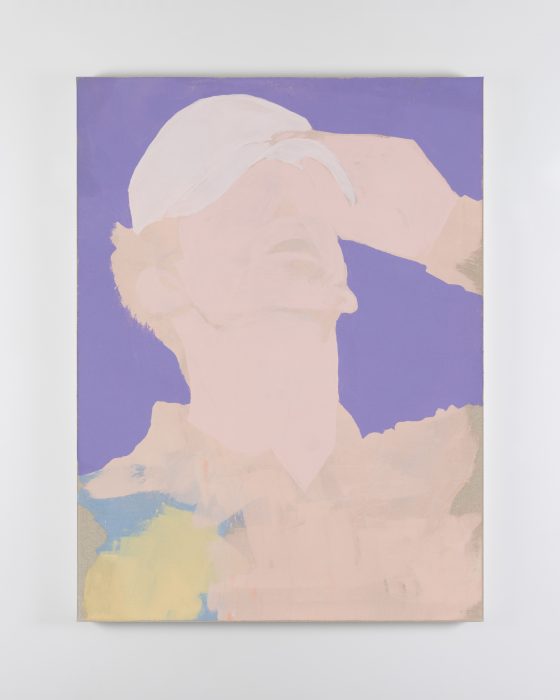
Moving between reference, reduction, and reflection, Lee Welch’s paintings ask us to reconsider what is essential. From depictions of athletes in anguish to protest and moments of repose, Welch’s work investigates the politics of viewership. In each of these paintings, blank faces turn up, down, and away. All the while, we bear witness, looking into the depth of these seemingly flat surfaces. As Welch expresses, paintings are a record of time passing and what is present in the frame is perhaps less important than what is absent. Art Editors Heather McCabe, Cat McMahan, and Misha Ponnuraju interviewed Welch about abstraction, gesture, and allusion:
Heather McCabe (HM): When first looking at your work, I was immediately struck by the use of negative space to create the impression of a figure, or the impression of a scene. I wonder if you could speak to this figurative approach and how it might influence the way you portray people of different genders, races, and ages.
Lee Welch (LW): We must begin to see the negative space as clearly as the positive, to know what we don’t do is also brilliant and full of love.
For me, in my approach to the work, the negative space is very intentional as a space of thinking both in this moment and in a kind of future. The form sort of activates in a way that visitors can always embody the work and move through the work in a more universal and emotional manner, regardless of their individual characteristics.
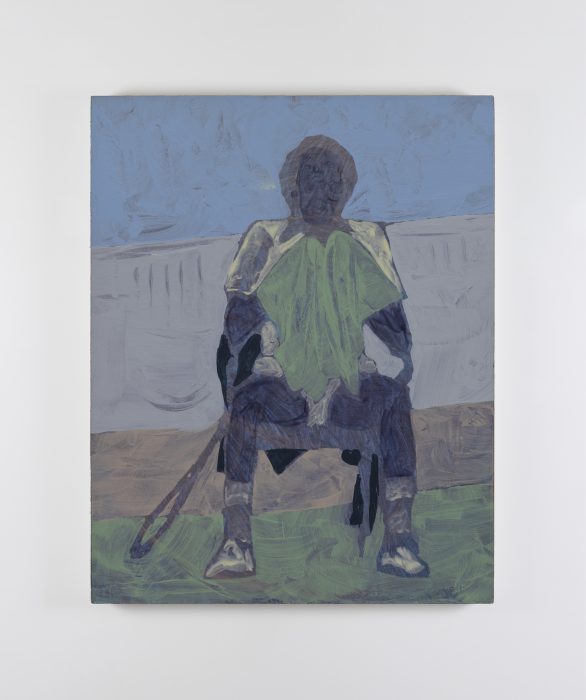
HM: As a writer, I’m often thinking about medium in terms of irreducibility—how a part of a work may not accurately represent the whole, that you must engage all of it to elucidate meaning. I’m curious if you have thoughts about reduction in visual art, especially given the abstract slant of your paintings.
LW: Generally, I find the most important part of things is what goes unsaid.
I mean there are so many things about our interior lives that are impossible to articulate and so remain forever hidden.
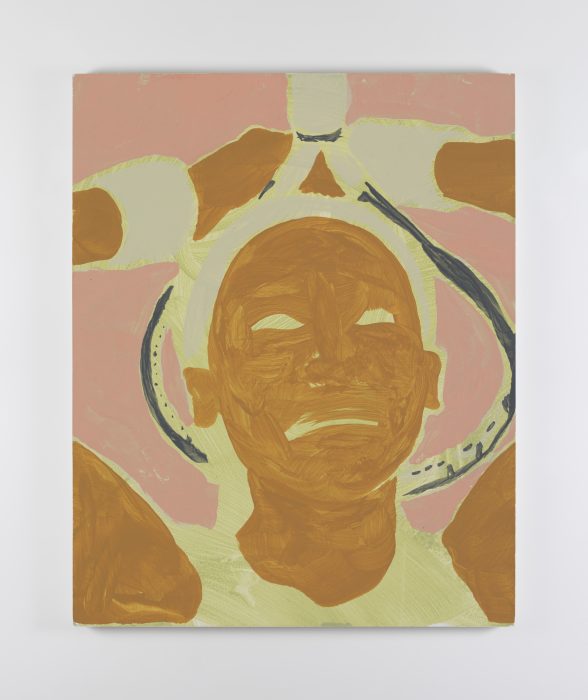
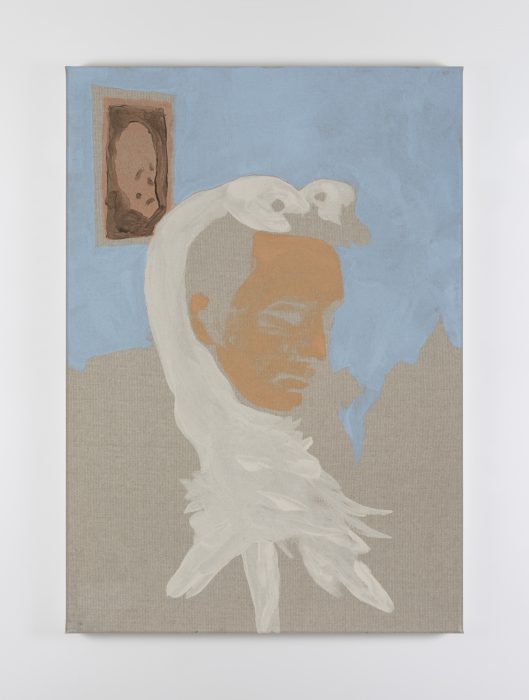
Cat McMahan (CM): A lot of your work features historical figures and alludes to historical events. When you create a new piece, do you start with your allusion and develop the piece from there, or do you start with a tone/theme and find an allusion that fits (or do you develop it in an entirely different way)?
LW: My themes come and go, but I don’t believe I control them any more than a psychiatrist controls a patient.
I recently painted a piece that will be exhibited in the National Gallery of Ireland as part of the Zurich Portrait Prize 2023. With this piece I started with the subject.
The portrait depicts Jerry Saltz, the acclaimed American art critic and Pulitzer Prize winner. Known for his role as a senior art critic and columnist for New York magazine, Saltz is a prominent figure in the art world. The painting portrays him in a manner reminiscent of Michelangelo’s renowned sculpture, ‘David.’ The creation of this portrait arose from a controversy surrounding sixth-grade students being shown an image of Michelangelo’s ‘David’ at Tallahassee Classical School. Following objections from three parents who deemed the statue inappropriate and pornographic for children, the principal, Hope Carrasquilla, was ultimately compelled to resign.
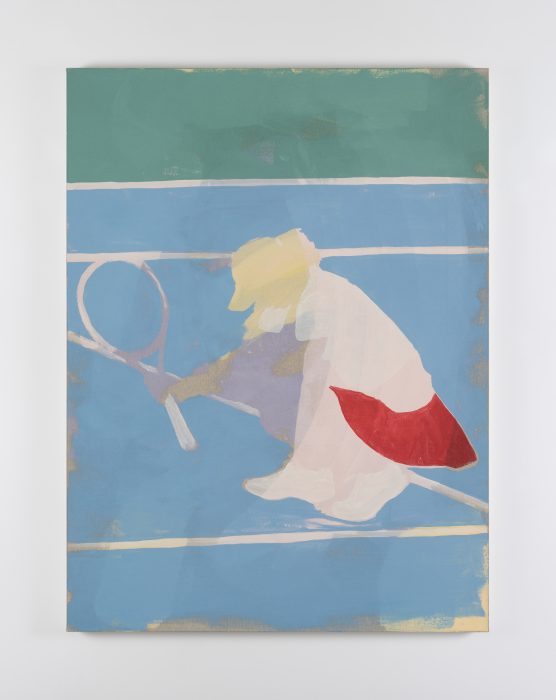
CM: How has your style developed as you’ve grown as an artist?
LW: I didn’t want it to be weighed down by the subject matter but how it is treated.
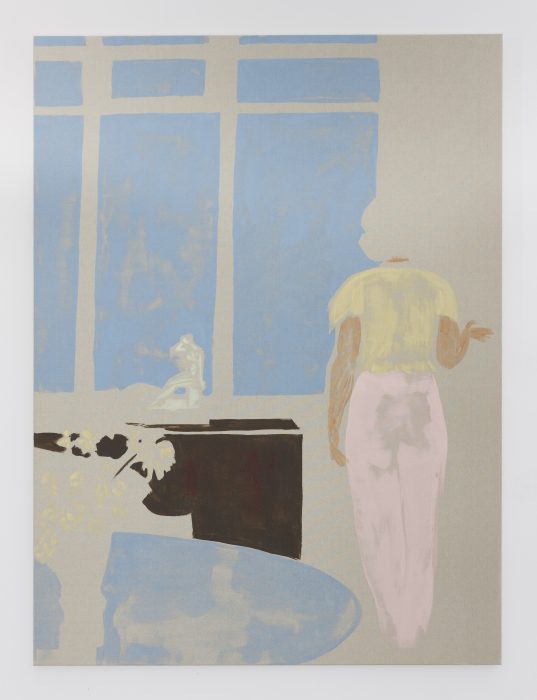
CM: How has your style developed as you’ve grown as an artist?
LW: Every time I try to figure out what’s going on in my pictures, I get lost in strange sidetracks.
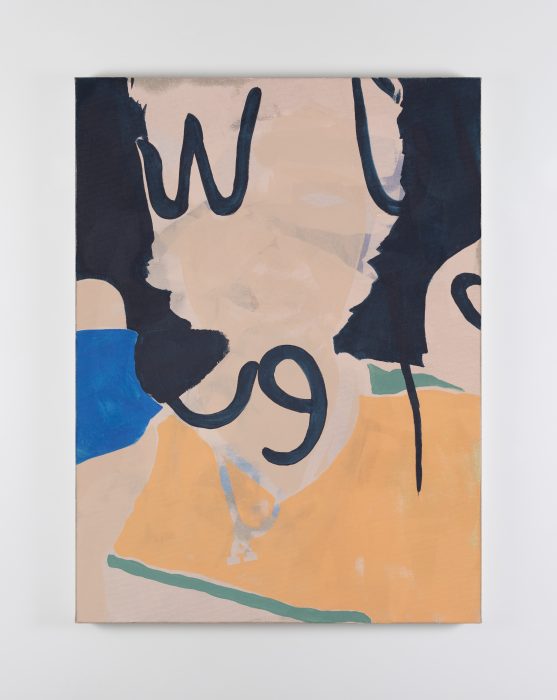
Misha Ponnuraju (MP): I’m fascinated by the way your art creates conversation with different art forms and mediums: literature, cinema, architecture, and your own personal photographs. What is your process like in terms of integrating these various sources in your painting?
LW: When I was younger, I would make pictures based on what I was reading, pictures of things that didn’t exist. I still feel that way about the pictures I make. Something that doesn’t exist and is missing and so I want to make it.
It can be many accumulated quick moments, or happen over a long time…
Just watching it, watching everything that’s happening in it. A painting takes place over time, so it has many influences coming into it.
There’s the duty to reflect on what’s in my time, be it old or new.
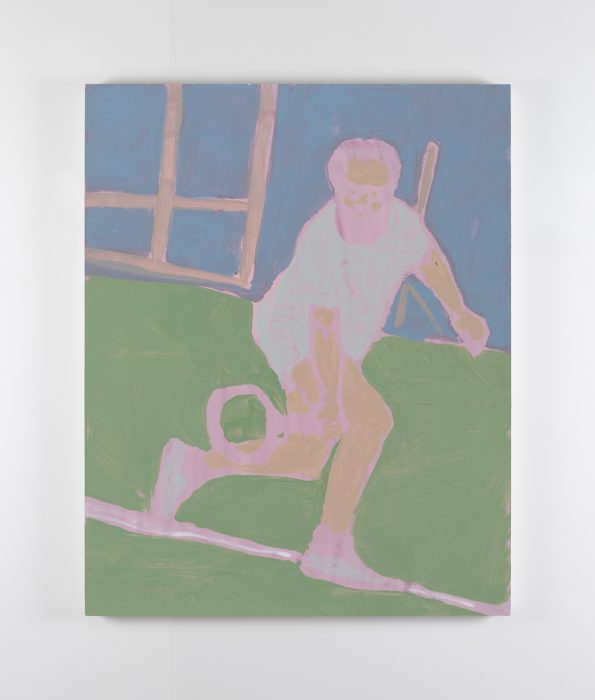
MP: Does this process of creation change based on the type of source or inspiration you’re drawing upon? For instance, literature versus film?
LW: The faces people make when they are photographed and the face they have when you draw them are very different.
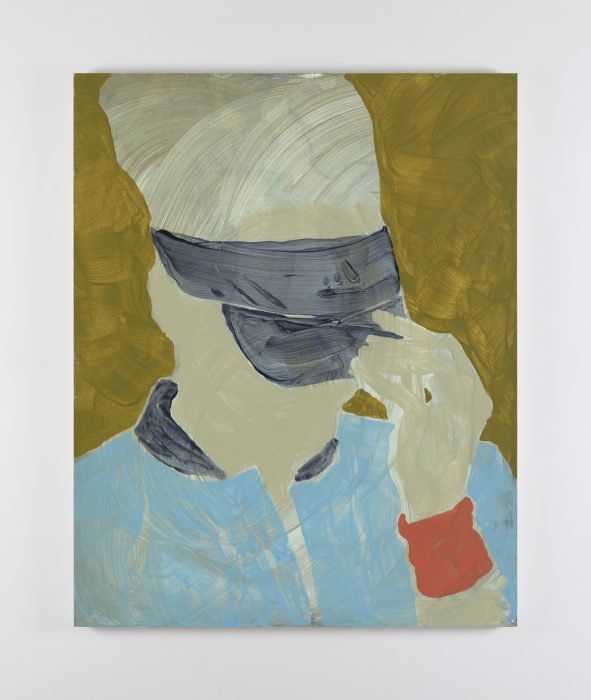
MP: Are there any new reference points that you’re excited about?
LW: From Cézanne’s apples to Lois Dodd’s clotheslines, artists have long found inspiration in the ordinary world, capturing domestic scenes and unremarkable landscapes. Their meticulous attention often unveils surprising insights about everyday objects—the nuanced shading of an apple’s skin or the graceful arrangement of towels on a clothesline.
In my work, I’ve often explored the theme of art within art. In ‘Fog has covered everything’, I focused on a delicate houseplant framed by a closed window and a painting on the wall that bear a striking resemblance to my own oeuvre. These images, seemingly casually displayed, are only partially visible, with the painting hanging slightly askew. On top of a dresser, a female figurine sits amidst these examples of artistic representation. Surrounded by these artistic artifacts, the focus becomes an intriguing study in perception.
I ventured into the realm of the mundane, by trying to elevate an everyday scene and objects to a level of captivating complexity, imbuing them with a sense of mystery and depth.
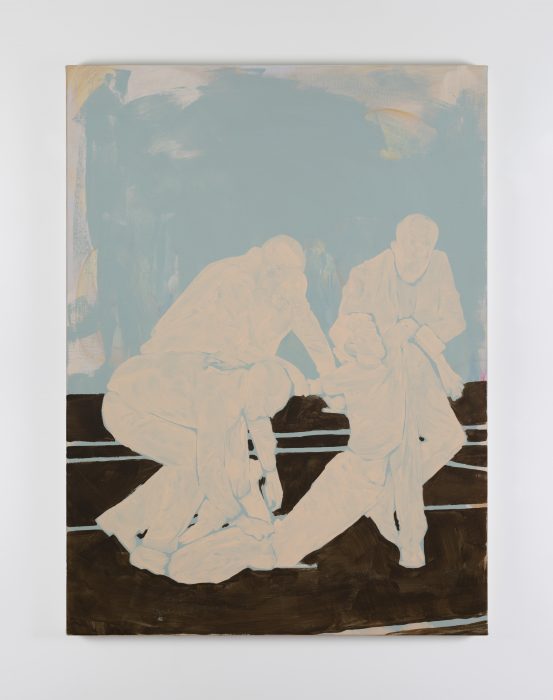
Lee Welch creates gestural, atmospheric paintings that attest to the psychical and emotional depths of his chosen subjects and map out delicate negotiations between beauty, desire, and the painted image. Depicting figures from his own milieu, as well as from history, literature, music, and tennis, Welch finds feeling in that which he depicts, always rendered with the intensity of his particular humanism; a close looking akin to love. In each subject’s specificity, the artist reveals the universal feelings that connect us to each other, and that stretch from our present moment back through time. Born in Kentucky and based in Dublin, Welch’s work has been featured in numerous institutions including Eli and Edythe Broad Art Museum, Michigan State University; The Hugh Lane Gallery, Dublin; Museo de Arte Contemporáneo de Castilla y León (MUSAC), León, Spain and Kerlin Gallery, Dublin.
